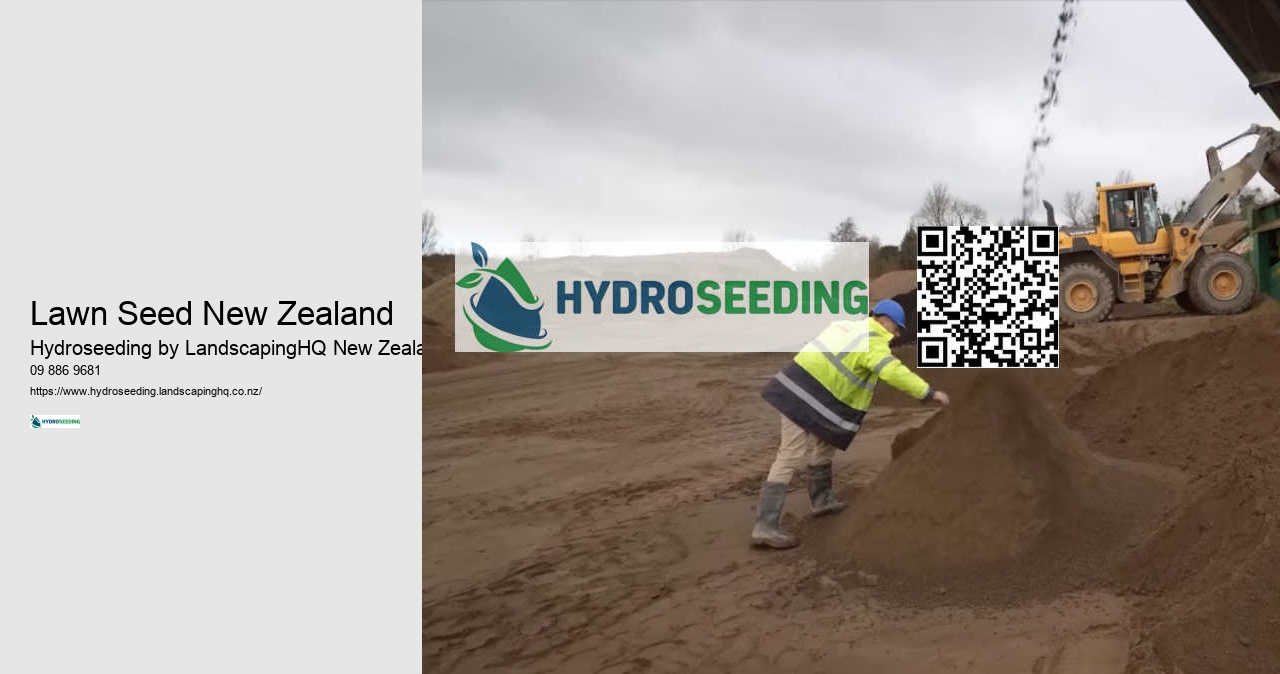

Hydroseeding provides robust grass coverage that can withstand heavy foot traffic, making it ideal for playgrounds, sports fields, and general landscaping around school grounds. Achieve lush green landscapes effortlessly - Learn how Hydroseeding New Zealand can make a difference. So, when's the best time to embark on a hydroseeding adventure? Mulch and soil stabilizers are effective in enhancing seed retention. But by identifying common problems, we can develop best practices that will help us overcome them. Hand-seeding might seem inexpensive at first glance, but it often demands extensive labor and can lead to uneven growth, requiring additional resources to correct.
This encourages the roots to grow deeper and become more resilient. It is less resource-intensive and causes less soil disturbance. This means fewer bare spots and a more consistent playing experience. Neglecting to mulch properly is another mistake.
The soil pH, fertility and drainage requirements of different seeds vary. Consult a hydroseeding specialist to find the right blend for your area and intended use. Timing is essential. Weeds compete with the grass for nutrients, water, and sunlight, potentially stunting growth and compromising the overall health of the lawn.
This step is essential for uniform seed distribution and germination. Trust Hydroseeding New Zealand to enhance your sports facilities with vibrant, healthy turf that stands up to the demands of the game. It offers a fast and efficient method to cover large areas with a uniform layer of grass. Hydroseeding also allows for flexibility.
We should hydroseed during the best growing seasons-spring and early autumn-when conditions favor grass over weeds. You must ensure that the layer is applied evenly across the entire surface. Understanding New Zealand's diverse climate is crucial when planning a successful hydroseeding project. Let's work together to protect and beautify your landscape. Spray nozzles are important.
If you are looking for a reliable and efficient landscaping solution, New Zealand's hydroseeding using a hydroseeder stands out. Our hydroseeding services allow councils to quickly and effectively establish grass in large areas, ensuring that parks remain inviting and vibrant places for the community to enjoy. We begin by preparing the ground, ensuring the soil is adequately graded and free from debris. Precision is important when working near obstacles or within tight spaces.
Councils can allocate funds to other important community projects while maintaining the quality of green space. We are with you from the very beginning of the project to its final inspection. At Hydroseeding New Zealand, we understand that these areas pose unique challenges, such as erosion, poor soil retention, and difficult access. Hydroseeders are used to ensure that the seeds have the best possible contact with the soil.
At this stage, we should only cut the top third of the grass to prevent stressing the young plants. This mixture will then be pumped into the ground through a flexible hose. Follow the application instructions carefully to avoid damaging the grass by over-fertilizing. The mulch in the mixture acts as a protective layer, retaining moisture and shielding seeds from harsh weather conditions.
One of the most important benefits is how quickly the grass grows. A slurry of seeds, mulches, and fertilizers is sprayed on the soil to ensure even coverage. Hydroseeding NZ tailors every project to your needs. Similarly, in the cooler southern areas, early spring seeding could be more beneficial.
We're dedicated to delivering a lush, green landscape quickly, without compromising quality. By seeding in autumn, we give grass a head start to develop, ensuring a lush lawn come spring. So when is the best season to hydroseed? Soil stabilization
The slurry mixture ensures that the seeds are evenly spread across the soil. By choosing hydroseeding, we not only achieve stunning results but also offer our clients an efficient, economical solution for their expansive landscapes. Sports fields and landscaping around school grounds.
It reduces the labor and material costs associated with traditional sod laying, making it a more economical choice for large areas like parks, sports fields, or commercial sites. With our expertise, your lawn will be the envy of the neighborhood, providing a lush, green oasis for family gatherings, relaxation, and play. The heart of any hydroseeding operation is the hydroseeder itself.
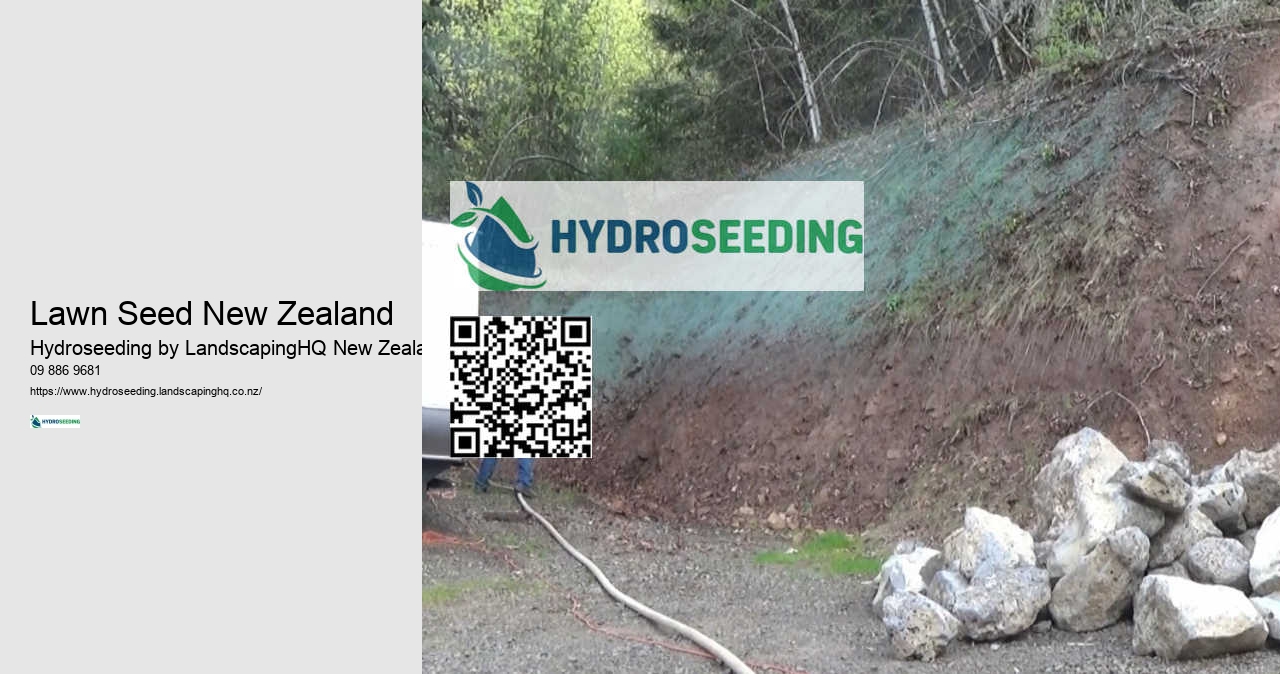
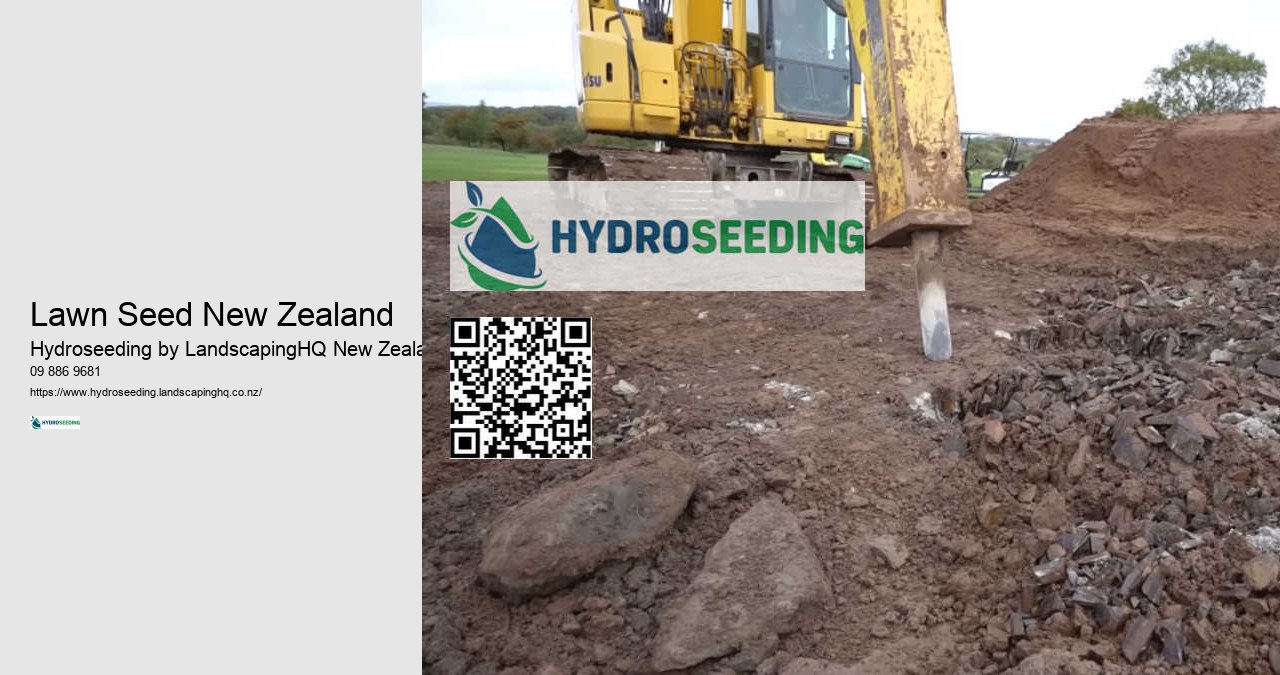
From initial consultation to final inspection, we're there every step of the way. Based on these results, we can incorporate organic matter like compost to enhance soil fertility. By using a nutrient slurry to seed, we are able to achieve rapid growth and germination. We might find ourselves waiting longer for full coverage, especially in challenging terrains or large spaces.
Since the slurry retains moisture and contains all nutrients, we can spend less on irrigation and fertilization. Hydroseeding not only accelerates the establishment of grass but also reduces long-term maintenance costs. Let's work to protect and enhance your landscape.
While it's tempting to think more fertilizer means faster growth, overdoing it can burn the young grass and harm the soil's health. Hydroseeding Once the slurry is ready, we spray it evenly across the designated area using a high-pressure hose. The reduced labor and materials compared to traditional methods mean we can provide high-quality landscaping at a more affordable rate.
Hydroseeding offers an efficient and effective solution, ensuring rapid growth and environmental benefits.
Let's embrace together this innovative solution for a better future. This application method is quick and allows us to cover a large area quickly. As a team dedicated to landscaping excellence, we understand the fundamentals of hydroseeding and its transformative impact on various landscapes. We make sure that our equipment is in perfect condition before each project to prevent downtime, and ensure consistent performance. This produces a lush and green cover, which stabilizes the slope while also enhancing the aesthetic appeal.
Our approach not only combats erosion but also contributes to a healthier, greener environment. We understand the unique challenges that come with maintaining public spaces. We should fertilize plants every six to 8 weeks during the growing seasons. By minimizing soil displacement, we help preserve the integrity of your landscape and prevent further environmental damage.
This makes it possible for councils to allocate resources towards other important community projects without compromising on the quality of green spaces. First, the patterns of rainfall are important. The mulch used in the process helps retain moisture, reducing the need for frequent watering and minimizing soil erosion. Let's break down some key considerations.
One primary challenge is ensuring the correct soil preparation. The quick establishment period is particularly advantageous for venues needing to meet tight scheduling demands. We use seed blends that best suit the soil and local climate, to ensure optimal growth. A common error is inconsistent watering.
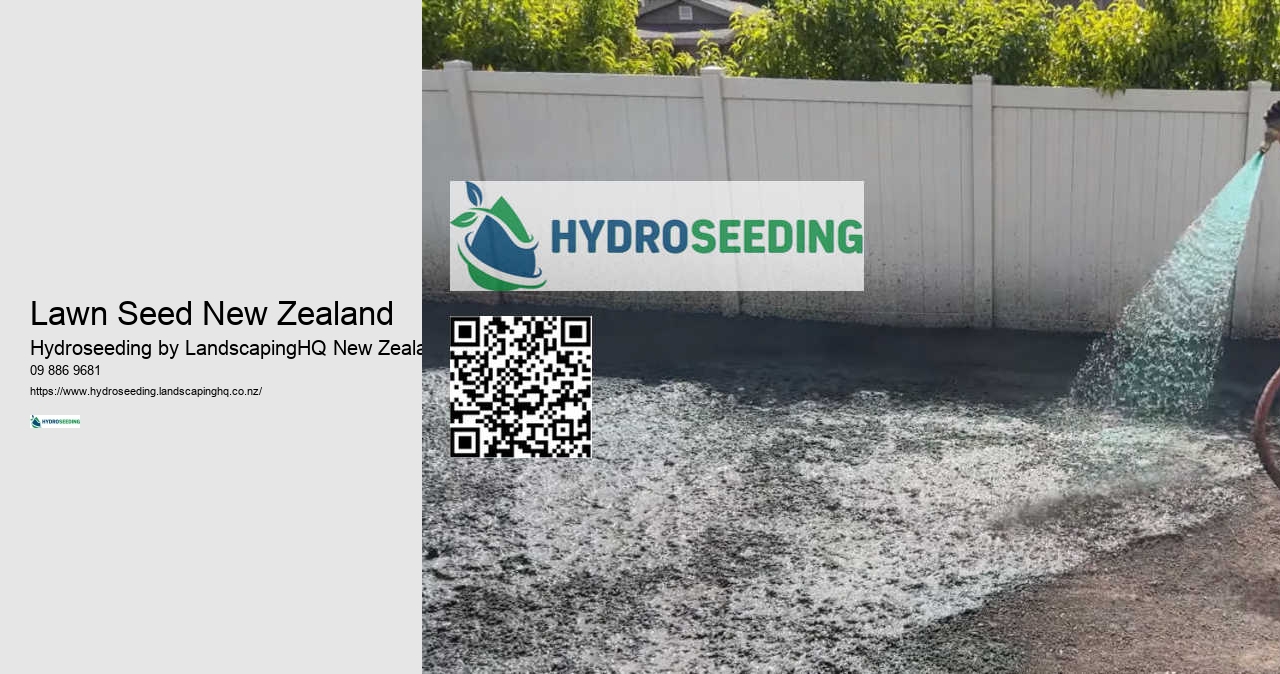
The cold winter months will also prevent damage from frost on young sprouts. Geocell We should hydroseed during the best growing seasons--spring and early autumn--when conditions favor grass over weeds. Our hydroseeders are equipped with a mixing tank, pump, and spray nozzle. It's not only about seeding; hydroseeding combines art and science to create lush, green lawns. We can seed several hectares in just a day, making it a practical choice for projects with tight deadlines.
That's why we offer hydroseeding as a practical solution to stabilize slopes efficiently and effectively. Here, selecting frost-resistant seed varieties can mitigate potential setbacks. Smaller models are perfect for residential lawns, while larger units cater to vast commercial landscapes. Post-seeding care is equally important.
It is important to keep an eye on pests and disease. Budget concerns are another major concern for local authorities. Proper soil preparation involves removing debris, testing pH levels, and ensuring the soil is well-aerated. Our commitment for excellence means that we not only meet your expectations, but exceed them.
To prepare the soil correctly, remove all debris and test pH levels. This helps avoid the problems of patchy and poor growth. We suggest setting up an irrigation schedule that keeps the soil consistently moist, especially during the first few weeks after application. After application, maintenance is straightforward.
Incorporating these strategies into our hydroseeding process, we ensure your landscape remains vibrant and weed-free, providing a beautiful and sustainable result. The next step is to consider the soil conditions. This would not only improve efficiency but also reduce costs and environmental impact. Once the soil is enriched, let's tackle drainage. Ultimately, the choice between hydroseeding and traditional seeding depends on our specific needs and circumstances.
When we explore the financial aspects, hydroseeding typically requires a lower initial investment. Couch grass In northern regions with warmer temperatures, hydroseeding may extend to late autumn. This step ensures that the soil can support the seed's growth, providing the essential nutrients they need to thrive. In the cooler South Island, we might face challenges with frost, which can delay seed germination.
We should aim to water two to three times a day for short intervals, ensuring the top layer of soil remains damp. Hydroseeding is fundamentally a mixture of seed, mulch water and fertilizer that is sprayed directly onto the soil. It is important to avoid overwatering because this can lead both to soil erosion or seed displacement. The mixture used in hydroseeding can be customized to suit specific conditions and requirements, ensuring the best possible outcome for every field.
Hydroseeding provides an effective and efficient way to ensure rapid growth, while also promoting environmental benefits. Here's why partnering with us is a smart choice. Hydroseeding also offers an environmentally-friendly option to traditional erosion controls. Our process is designed for efficiency, minimizing disruption while maximizing results.
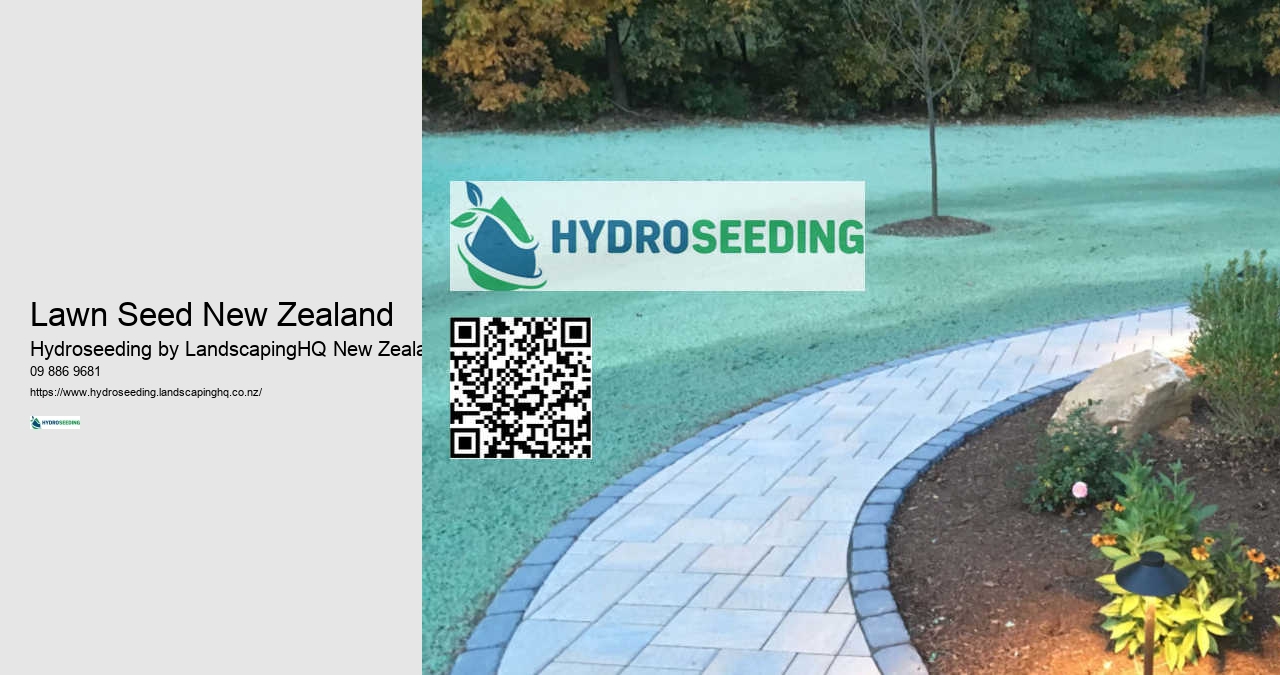
It�s best to wait until the grass is fully established�typically 6�8 weeks�before applying any herbicides. This waiting period allows the grass to mature and better withstand the chemicals in weed spray. Contact Hydroseeding New Zealand for post-establishment weed control tips that keep your lawn healthy.
Using straw isn�t necessary with hydroseeding, as the mulch in the hydroseed mix already provides moisture retention and protection. At Hydroseeding New Zealand, we use high-quality mulch that eliminates the need for additional coverings like straw.
Yes, hydroseeding can be done in the summer, but it requires consistent watering to keep the seeds moist in the warmer weather. Our professionals at Hydroseeding New Zealand can help you create a watering schedule that matches summer conditions, ensuring that your lawn grows lush and healthy despite the heat.
It�s generally best to avoid hydroseeding over existing grass, as it limits seed-to-soil contact and may lead to patchy growth. For an even, healthy lawn, the existing grass should be removed before hydroseeding. Hydroseeding New Zealand offers complete soil preparation services for optimal results. Contact us to learn how we can help revitalize your lawn.